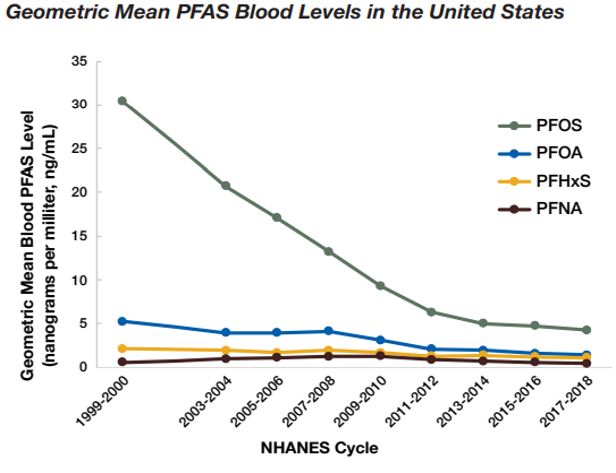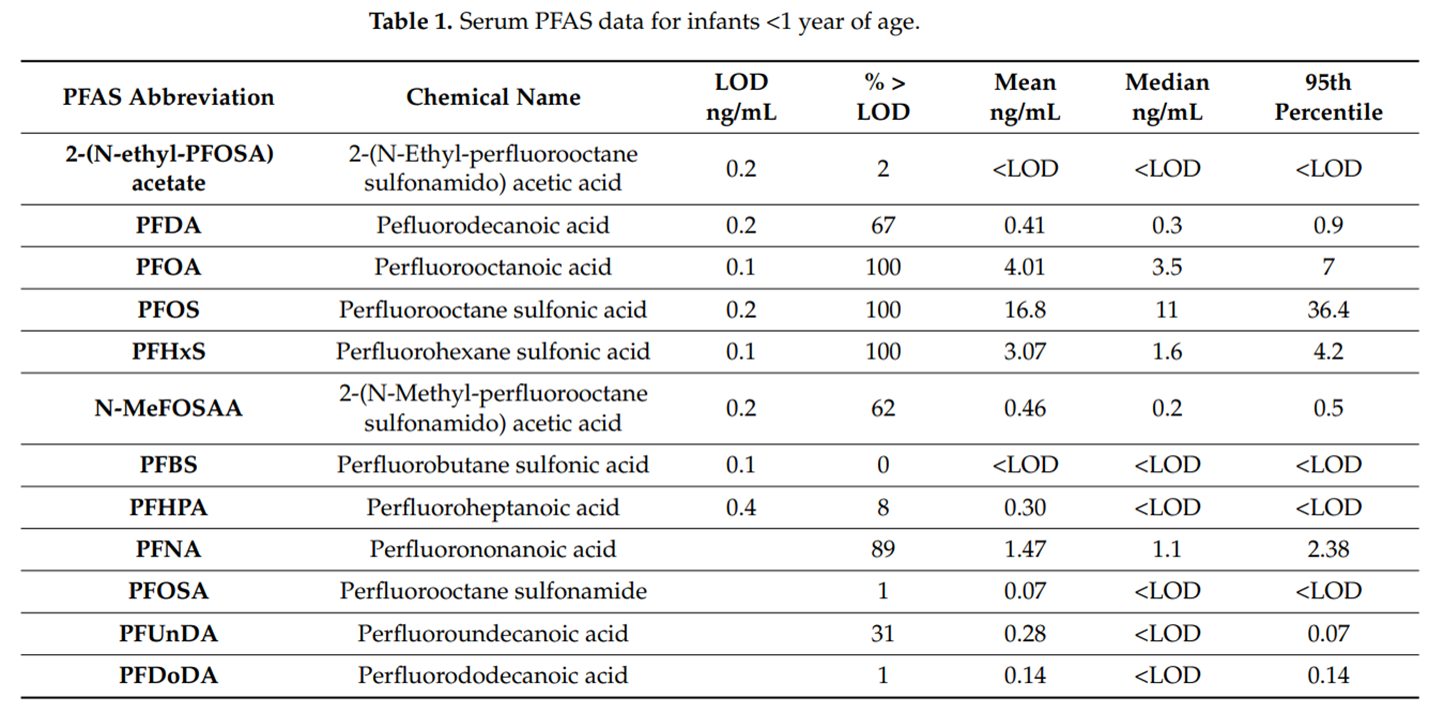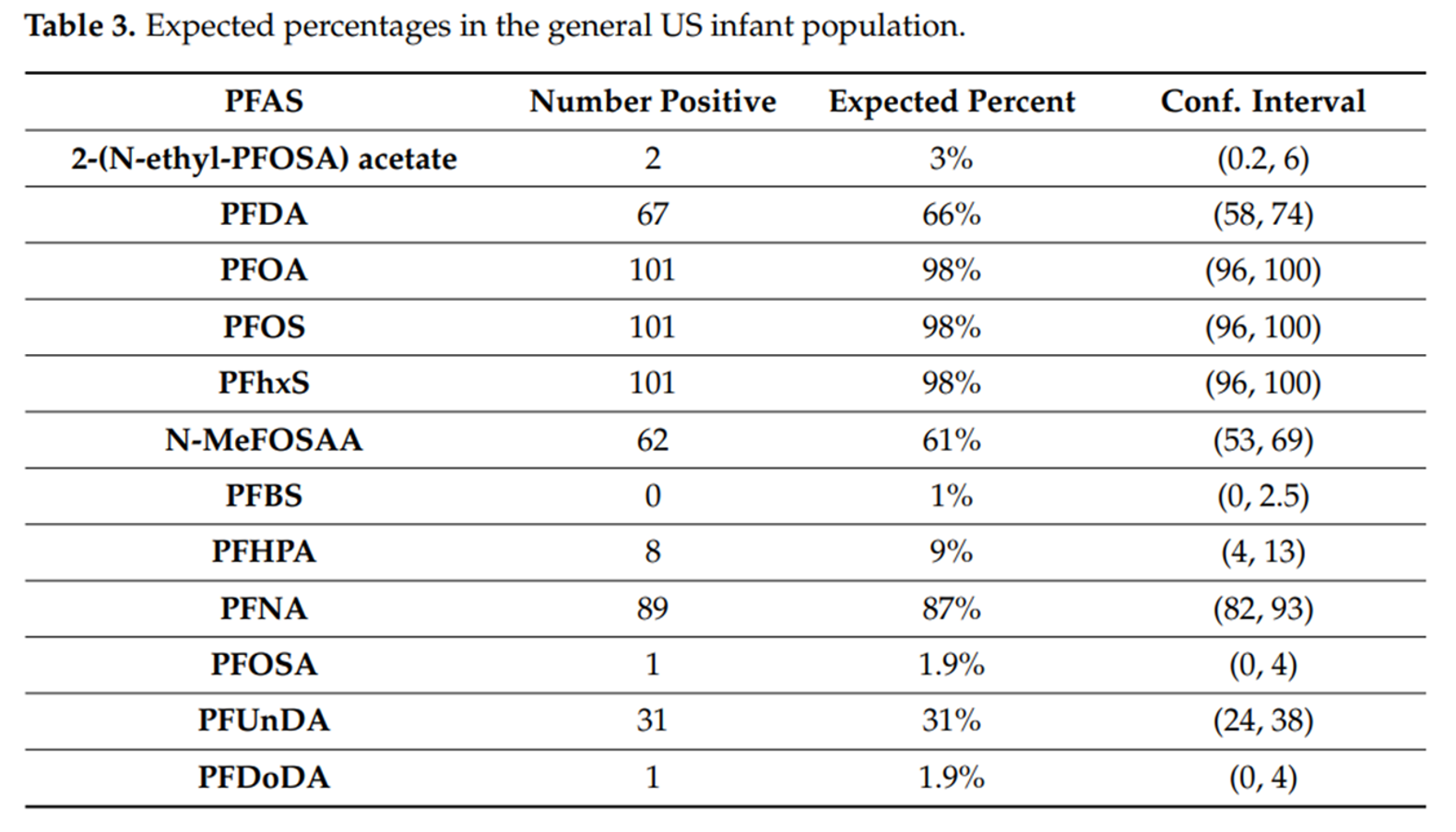Environmental Health 1
Session: Environmental Health 1
452 - Unseen Threats: PFAS Exposure and Its Adverse Effects on Children
Sunday, April 27, 2025
8:30am - 10:45am HST
Publication Number: 452.6788
Gamze Ozsoy, Kennedy Krieger Institute, Elkridge, MD, United States; Siva Subramanian, Georgetown University Medical Center, Washington, DC, United States; Suhasini Kaushal, MedStar Georgetown University Hospital, Washington DC, DC, United States

Gamze Ozsoy, MD (she/her/hers)
Attending
Kennedy Krieger Institute
Elkridge, Maryland, United States
Presenting Author(s)
Background: Per- and polyfluoroalkyl substances (PFAS) are synthetic chemicals widely used in consumer products for their resistance to water, oil, and heat. Known as "forever chemicals" due to their environmental persistence, PFAS bioaccumulate in the human body and have been associated with adverse health effects, particularly in vulnerable populations like children. Exposure pathways include contaminated water, food, and household items.
Objective: This study aims to outline the impact of PFAS exposure on children’s health, summarize epidemiological findings, and present strategies for reducing exposure and mitigating health risks.
Design/Methods: A comprehensive review of epidemiological studies was conducted, focusing on PFAS exposure in children. Key data were collected from longitudinal studies, including the C8 Health Project, Norwegian Mother and Child Cohort Study, and the Faroe Islands Study, highlighting developmental, immunological, and neurobehavioral effects. Additionally, we analyzed the 2007–2008 NHANES dataset, which contains information for 10,149 subjects, of which 454 were under the age of 1. Of these, 101 infants were tested for serum PFAS. We provided a statistical and probabilistic analysis of PFAS exposure expectations for infants living in the U.S., using the reported limit of detection level (LOD) for PFOS in 2007–2008, which was 0.2 ng/mL (Int. J. Environ. Res. Public Health 2022, 19, 8402). Current clinical guidance and environmental policies were also reviewed to provide a framework for managing exposure in clinical practice.
Results: The studies reviewed demonstrate significant associations between PFAS exposure and developmental delays, lower birth weights, decreased vaccine efficacy, and endocrine disruption in children. Specifically, children exposed to higher PFAS levels exhibited a 20% reduction in antibody response to vaccines and an increased incidence of behavioral disorders, including ADHD. Our analysis of the NHANES data also revealed concerning trends in serum PFAS levels among infants.
Conclusion(s): PFAS exposure poses a significant risk to children’s health, affecting multiple physiological systems. Pediatricians are advised to consider environmental exposure histories in clinical evaluations and to support preventive measures, including advocating for stricter environmental regulations. Continued research is critical to further understanding the long-term effects of early-life PFAS exposure and informing public health interventions.
Geometric Mean PFAS Blood Levels in the United States
 CDC ATSDR (Agency for toxic substances and disease registry) reports nearly all people in the United States have measurable amounts of PFAS in their blood.
CDC ATSDR (Agency for toxic substances and disease registry) reports nearly all people in the United States have measurable amounts of PFAS in their blood. Since 1999, the National Health and Nutrition Examination Survey (NHANES) has been measuring certain PFAS levels in blood samples from people in the United States.
The data show declining levels of three prevalent PFAS (PFOS, PFOA, and PFHxS) after the major manufacturers started to phase out production and reduce facility emissions of these substances.
Population blood levels of substitute PFAS like GenX are not well studied yet.
Serum PFAS data for infants < 1 year of age
 In this paper, we examine serum concentrations of the 12 PFAS included in the NHANES 2007-8 analyses among infants under the age of one year. All the infants have PFAS in their blood mostly for the most common ones like PFOA, PFOS, PFHS, and PFNA.
In this paper, we examine serum concentrations of the 12 PFAS included in the NHANES 2007-8 analyses among infants under the age of one year. All the infants have PFAS in their blood mostly for the most common ones like PFOA, PFOS, PFHS, and PFNA. For example, the LODs for MeFOSAA and PFOS for the 2017–2018 NHANES survey was 0.1 ng/mL, while in 2007–2008, the LODs were 0.2 ng/mL
Expected percentages in the general US infant population
 we can provide predictions on the number of infants that will have detectable PFAS in the general US infant population. The numbers are calculated using the mean and standard deviation based on the probability distribution of a binary trial.
we can provide predictions on the number of infants that will have detectable PFAS in the general US infant population. The numbers are calculated using the mean and standard deviation based on the probability distribution of a binary trial. 
